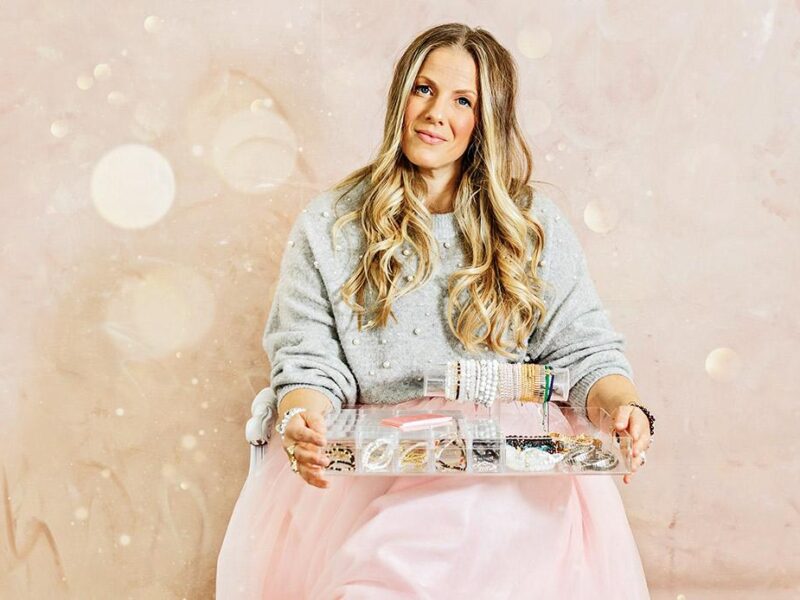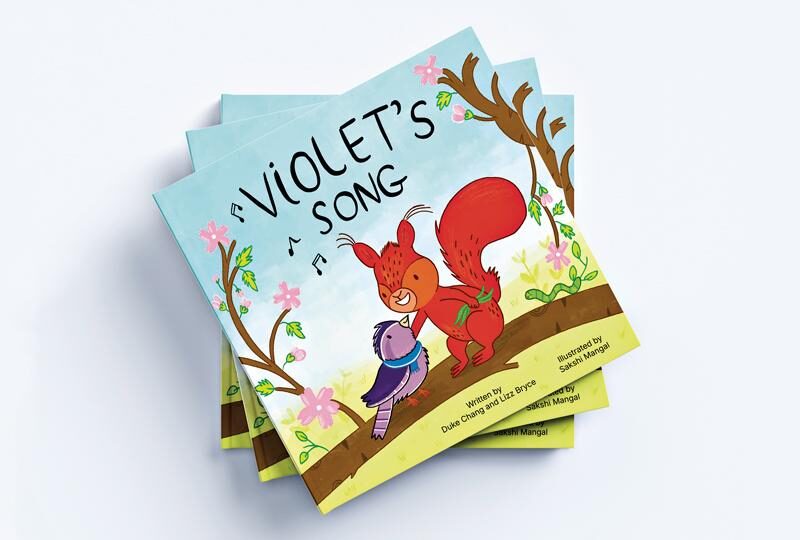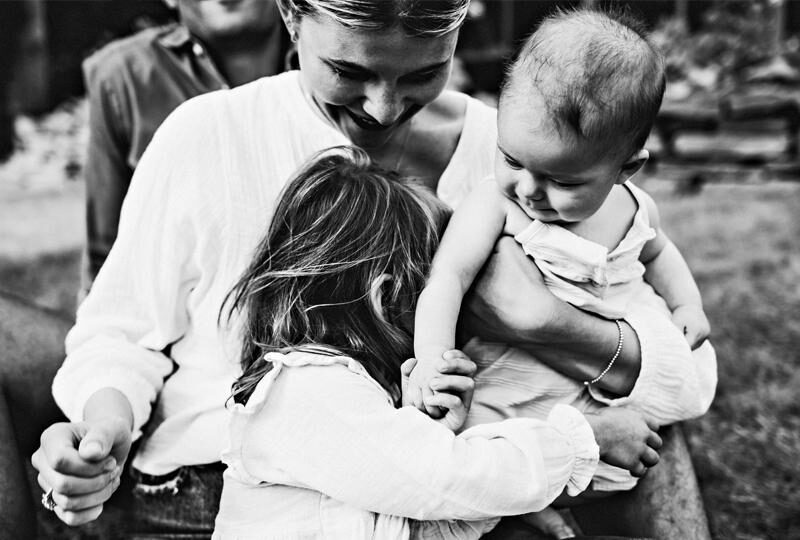Good models
Every parent learns early on that children learn by imitating, by copying, by following our example. We make use of this behaviour as we teach them to walk and talk and interact with their environment. We also see and hear it when our own less than perfect behaviour is reflected back at us. It is instinctual for children (and adults also, though maybe in less obvious ways) to imitate the people they know and love and respect.
I see this dynamic function quite often among my children, where the younger ones mimic the older ones, wanting to do what they do and say what they say. Sometimes this is good, when the older kids show the younger ones how to put a curve on a soccer ball or how to make a paper snowflake. Sometimes it is less good, when what’s being modelled is irresponsibility, disobedience, or just plain dangerous behaviour.
The difficult thing is convincing the older kids that modelling good behaviour will be in their own best interest in the long run. They have trouble believing that treating their younger siblings with kindness, gentleness, and patience will encourage them to show kindness, gentleness, and patience in return, whereas yelling and fighting with a smaller brother or sister will only produce yelling and fighting in return.
We must teach our children to be good models for their younger siblings, which is to say that we must model this teaching ourselves. As we act as models for them, so they act as models for each other, and our actions are reflected doubly, which should be more than sufficient reason for us to make every action count.





